Description
This limited edition publication is an attractively produced and illustrated addition to the list of recently published UK regional floras. North Lancashire, despite two cities (Lancaster and Preston) and a relatively crowded coastal area centred on Blackpool, includes some of the wildest areas still to be found in England. Limestone areas in the southeastern part of the Lake District, the varied inland landscapes of the Forest of Bowland, parts of the Yorkshire Dales, the Lancashire Plain and Valleys and Morecambe and Liverpool Bays all fall (at least in part) within the geographical scope of this book. Covering ‘Lancashire VC [vice-county] 64 north of the R. Ribble’, due to changes in administrative areas there is some overlap with the Plant atlas of mid-west Yorkshire (Abbott, 2005), the first significant botanical publication for the general area since those of Pickard (1901, 1902).
About the Book
The book starts with a scholarly chapter on ‘the evolution of a landscape and its flora’. Starting with a discussion of the coastal changes following the retreat of the ice c. 12,000 years ago, it includes discussion of prehistoric and historical land use for agriculture, land enclosures in the 17th to 19th centuries, etc., and how these have affected the vegetation. The second chapter covers habitats and plant communities. Some of these cover a wide variety of habitats; as a result, the region is a rich patchwork of different ecosystems.
The third chapter presents the catalogue of taxa (including lycophytes, ferns, conifers and flowering plants; natives, archaeophytes and neophytes) and occupies the largest portion of the book. The taxonomy largely follows that of Stace (2010), in turn a minor variation of the APG III system (APG III, 2009; see Fay, 2011b). Each account includes scientific and common names, the floristic element to which the taxon belongs and notes covering frequency (seven categories from ‘extinct’ to ‘very common’), occurrence in the region and changes in distribution in the region and nationally.
The fourth chapter includes a discussion of the number and frequency of taxa found in the region. The final chapter, includes discussion of modern extinctions, decreasing and increasing species and naturalized introductions. The book concludes with a comprehensive bibliography and an index of scientific and common names.
- Author: Eric Greenwood
- Binding: Hardback
- ISBN: 9781874181897
- Pages: 640
- Illustrations: 76 plates; 1,250 maps
- Date of Publication: 20 March 2012
- Dimensions: 276 × 219 mm

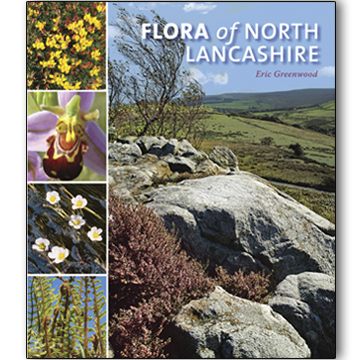
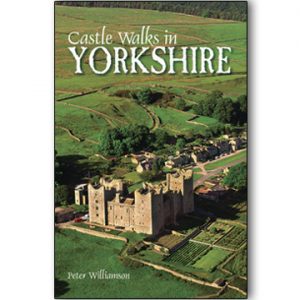
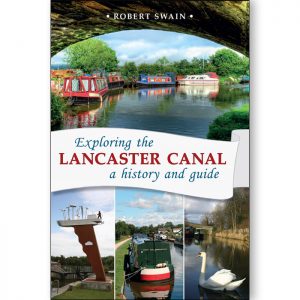
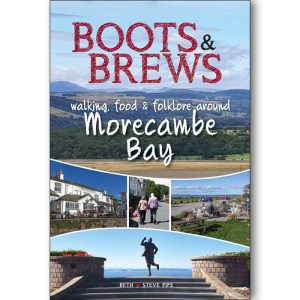
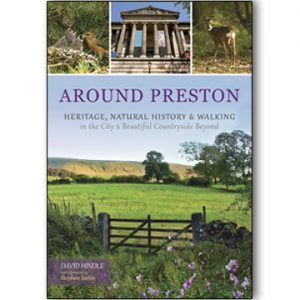

M F Fay –
I strongly recommend this book for botanical libraries in the UK and personal libraries of those, like me, who enjoy botanising in northern England.